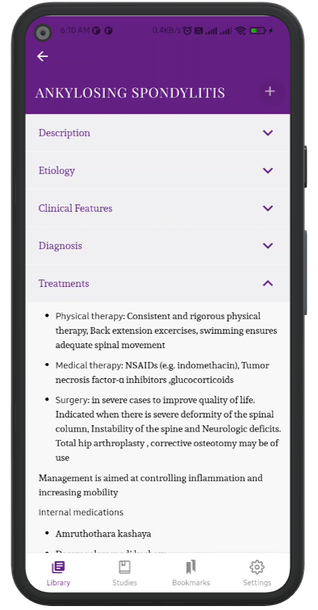VITILIGO
Description
- Vitiligo is defined as a common dermatological disorder characterized by well circumscribed, milky white cutaneous macules devoid of identifiable melanocytes. The clinical course is highly variable, with unilateral or bilateral distribution which may progress during the course of the disease. The term vitiligo is derived from the latin word “vitium” (Blemish). It may occur at any age but the peak age at onset is 30 to 50 years
Types
- The diagnostic lesion of vitiligo is the typical vitiligo macule, which is of variable size, round/oval in shape has a milky white colour, and scalloped margins
- Commonly on the face (Perioral, periocular regions), neck, scalp, acral surfaces, extensor surfaces, or genitalia
- The natural course of the disease is of gradual progression, the lesions increasing both in number and size. In some cases, there may be a rapid downhill course of vitiligo and this has been termed galloping vitiligo or vitiligo fulminans
- Luekotrichia: depigmentation of hair, an indicator for poor prognosis
Classification of Vitiligo
Localized
- Focal Vitiligo: consists of one or more macule in one area but not clearly in a segmental distribution
- Segmental vitiligo: macule involving a unilateral segment of the body. The lesions stop abruptly at the midline of the affected segment
- Mucosal vitiligo: affecting mucous membrane of the lips, oral cavity, or the genitalia
Generalized
- Acrofacial vitiligo: Lesions on the acral areas (hands and feet) and on the face, very often the perioral areas
- Vitiligo Vulgaris: Multiple macules of various sizes over widely scattered areas often tending to bilateral symmetry
- Lip tip vitiligo: Lesions affecting the tip of the digits and the lips
- Universal vitiligo: complete or near-complete depigmentation
- Mixed: any combination of vitiligo Vulgaris and acrofacial vitiligo or of vitiligo Vulgaris and segmental vitiligo
Special signs in Vitiligo
- Trichrome vitiligo: Tan coloured zone (intermediate colour) between the normal skin and depigmented macules. Quadrichrome implies the presence of a fourth colour – dark brown at the site of perifollicular repigmentation
- Inflammatory vitiligo: Skin lesion of vitiligo has erythematous raised margins
- Koebners sign: development of lesions along the lines of specific trauma such as a cut, burn, or abrasion
Differential Diagnosis:
- Naevus depigmentosus: localized hypomelanosis present since birth
- Naevus anemicus: pale area due to vasoconstriction
- Leprosy: Hypo anaesthetic or anaesthetic hypopigmented patches
- Pityriasis alba: hypopigmented macular lesions having well-defined margins with fine scaling
- Pityriasis Versicolor: hypopigmented macules with fine powdery scales
- Chemical leukoderma: loss of skin pigment due to contact with chemicals
Investigation
- Usually a clinical diagnosis
- Serological markers of autoimmune once the diagnosis is confirmed
- Dermoscopy: Vitiligo lesions have a characteristic perilesional hyperpigmentation and telengiectasia
- Wood lamp examination: Lesions appear as well defined blue white lines
- Skin biopsy and histology: Melanocytes are absent, perilesional lymphocytes may be observed
Treatments
Internal medicines
- Guduchyadi kashaya
- Tiktaka kashaya
- Chitrakasava
- Markava rasayana + khadira ksheera kashaya
- Tiktaka ghrita
Procedures
- Avalguja beejadi choorna – ext applicaton
- Tiktaka ghita – ext applicaton
- Shuda doorvadi – ext applicaton
Department
Agada Tantra

